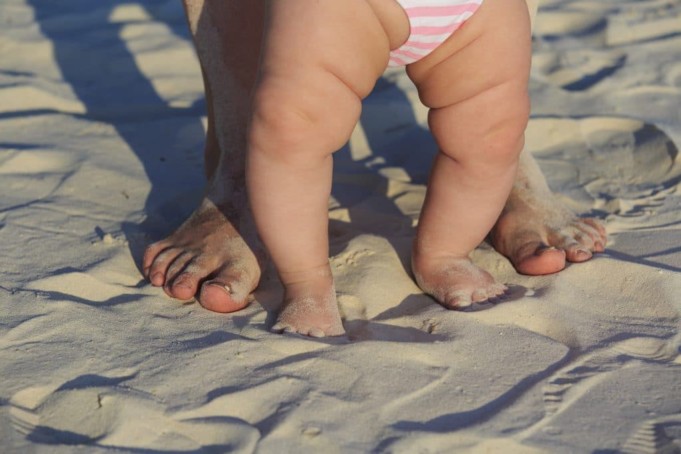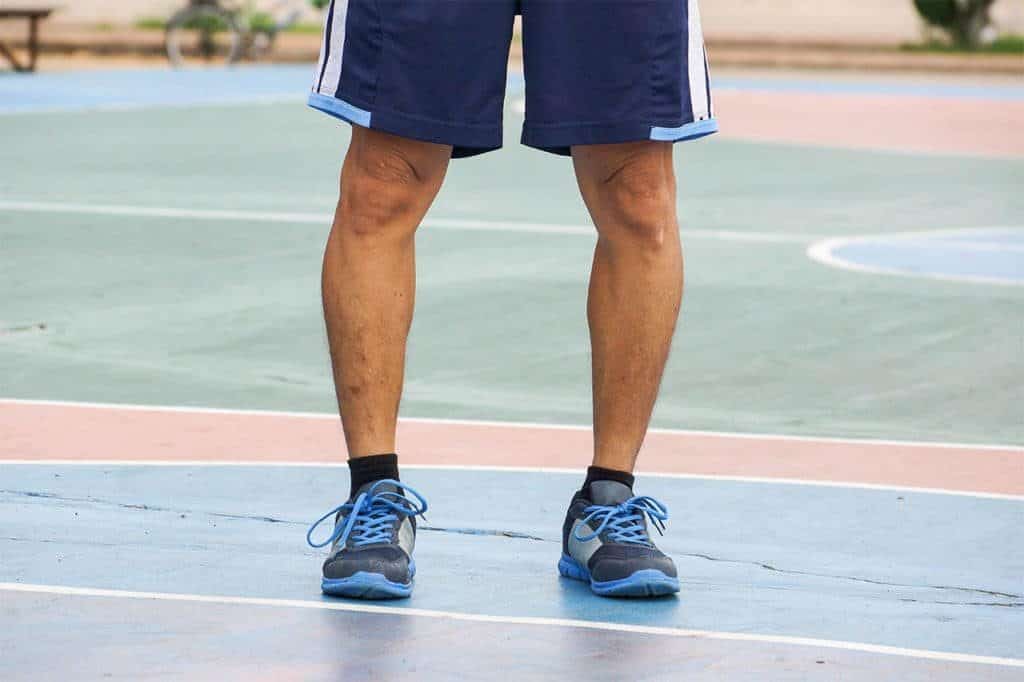The condition where a person has their legs appearing bowed out is referred to as “Bowlegs”. This gives the appearance of having the knees wide apart from each other, even though the ankles are together.
Bowlegs is also biologically known as congenital genu varum. Being bowlegged can sometimes be an indication of some underlying illnesses, such as rickets or Blount’s disease. It may also cause arthritis in the hips and knees.
Option of available treatment for bowlegs may include casts, braces, and in severe cases, surgery for correcting anomalies in bone structure.
Being bowlegged isn’t uncommon in infants due to how they are cramped in the womb. Treatment isn’t necessary for children with bowlegs, especially since the legs starts to straighten when they begin to walk.
There are no long term side effects with having bowlegs as a child, but a doctor should be contacted if the child has bowlegs after the age of two.
Causes of bowlegs
Blount’s disease
Also known as “tibia vara”, the Blount’s disease causes a child’s shin to be abnormally developed, and curving just below the knees. This makes bowing of the legs to worsen just as your child starts walking.
The condition may be easily noticed, but in some cases, symptoms may not be apparent till the child reaches 10 and above. Bowlegs may also lead to problems in joint in the knees as time goes on.
Blount’s disease is more prevalent in females, children with obesity, and African Americans. The risk of having bowlegs is even greater in children who start to walk earlier than they should. Normally, a child should be walking on their own when they are between 11 and 14 months.
Paget’s disease
Paget’s disease negatively affects the way bones are broken down and rebuilt. As a result, the metabolic disease causes bones not to build as strongly as they ought to. This can result in the legs becoming bow and leading to other joint complications.
Paget’s disease is more popular in older people and can be successfully handled with early diagnosis and treatment.
Rickets
Rickets occur when there is a prolonged deficiency in vitamin D, causing weakness and softness in the bone, and can lead to bowlegs.
Dwarfism
Achondroplasia is the most common form of dwarfism. This condition is a growth disorder that affects the bone, causing bowlegs over time. Other causes of bowlegs
A couple of other factors could also cause people to have bowlegs and they include:
- Fluoride poisoning
- Bone dysplasia, or unusually developed bones
- Fractures that’s taking time to heal
How do we diagnose bowlegs?
Although, we can easily tell when a person is bowlegged, but doctors can easily tell when the condition is critical or if it’s caused by a disease.
Your physician may likely take the measurement of your legs and ask you to walk for observation. X-rays or other means of image testing may be used to check for any abnormalities in leg and knee bones.
Blood samples may also be required to run some tests to help determine if the bowlegs are a result of some conditions, such as Paget’s disease or rickets.
Treatment of bowlegs
Treatment for infants and toddlers isn’t really recommended unless an underlying disease or condition has been determined.
Treatment may be suggested if the case of bowlegs is severe, not getting any better, or if the condition is caused by another disease. Here are some treatment options;
- Braces
- Special shoes
- Casts
- Bone correction surgery
- Treating the disease that caused bowlegs
Is it possible to prevent bowlegs?
There is yet to be any preventive measures for bowlegs. You may be able to control and prevent some conditions that may have caused the bowlegs in the first place.
For instance, rickets can be prevented by ensuring a sufficient amount of vitamin D in your children. This nutrient can be gotten either by exposure to sunlight or through diet.
Discuss with your doctor on how best to administer either of both options. Also, don’t forget to see your doctor if your child has bowlegs when they are 2 years and above.
Bowlegs condition is best managed if detected earlier. The common long-term effect of bowlegs is arthritis, and it could leave one in pain and with a disability. Arthritis in it’s critical stage can affect the ankles, knees, feet, and the hip joints as a result of the unusually applied stress.
If a total knee replacement is required in a young person, a revision may likely be needed when the person is older.
Due to abnormal bone alignment and prior surgeries, performing a complete knee arthroplasty may be difficult in people suffering from bowlegs.
Do you know anyone who has bowlegs? How was it managed? What were the long-term effects of the condition? Share your thoughts with us in the comments.













